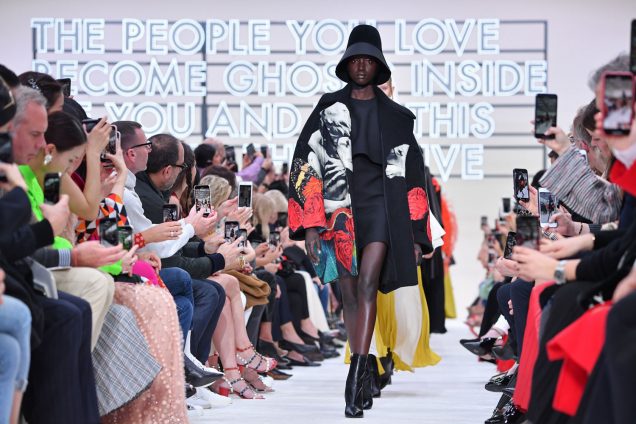We’ve now tallied the Fall 2019 model bookings from London, Milan and Paris Fashion Weeks and, thanks to European designers’ predictably conservative casting practices, the fluctuations we observed in New York held. Between this season and last, transgender and non-binary model appearances declined, as did plus-size castings. Models over the age of 50 grew in popularity and, overall, racial representation increased incrementally (though…

Some progress...



